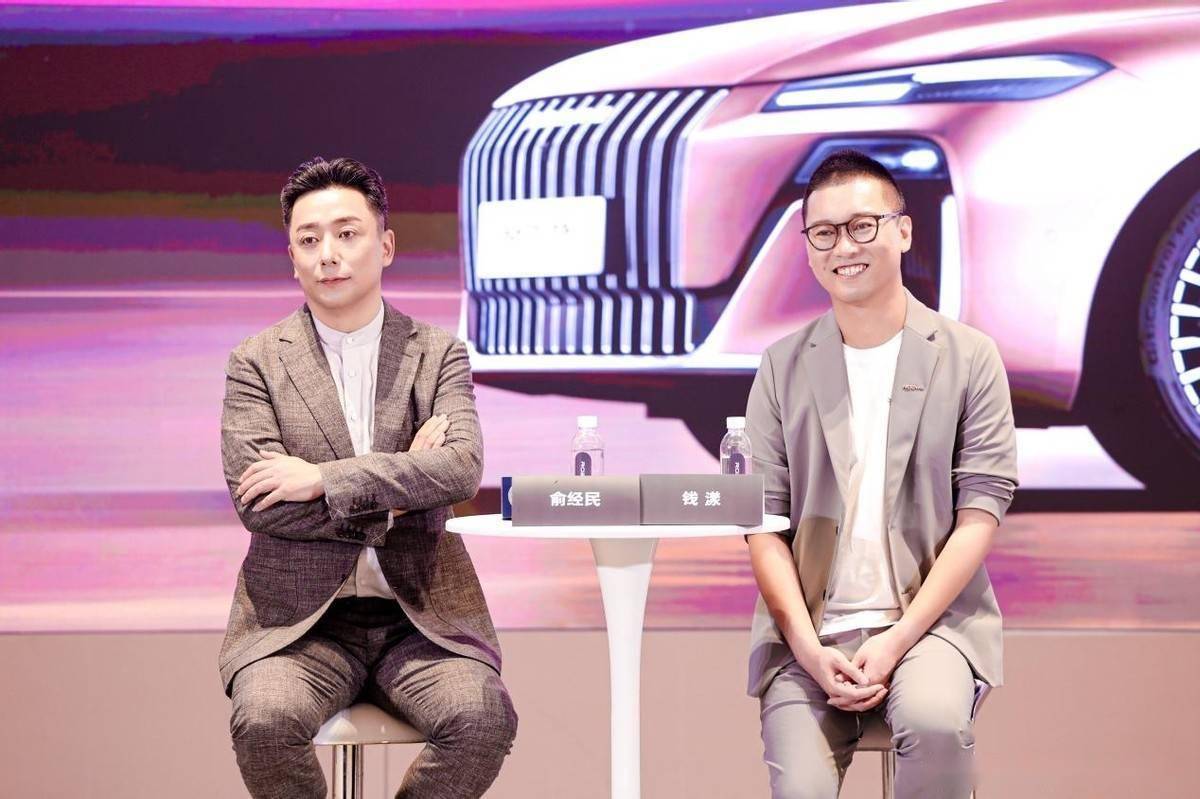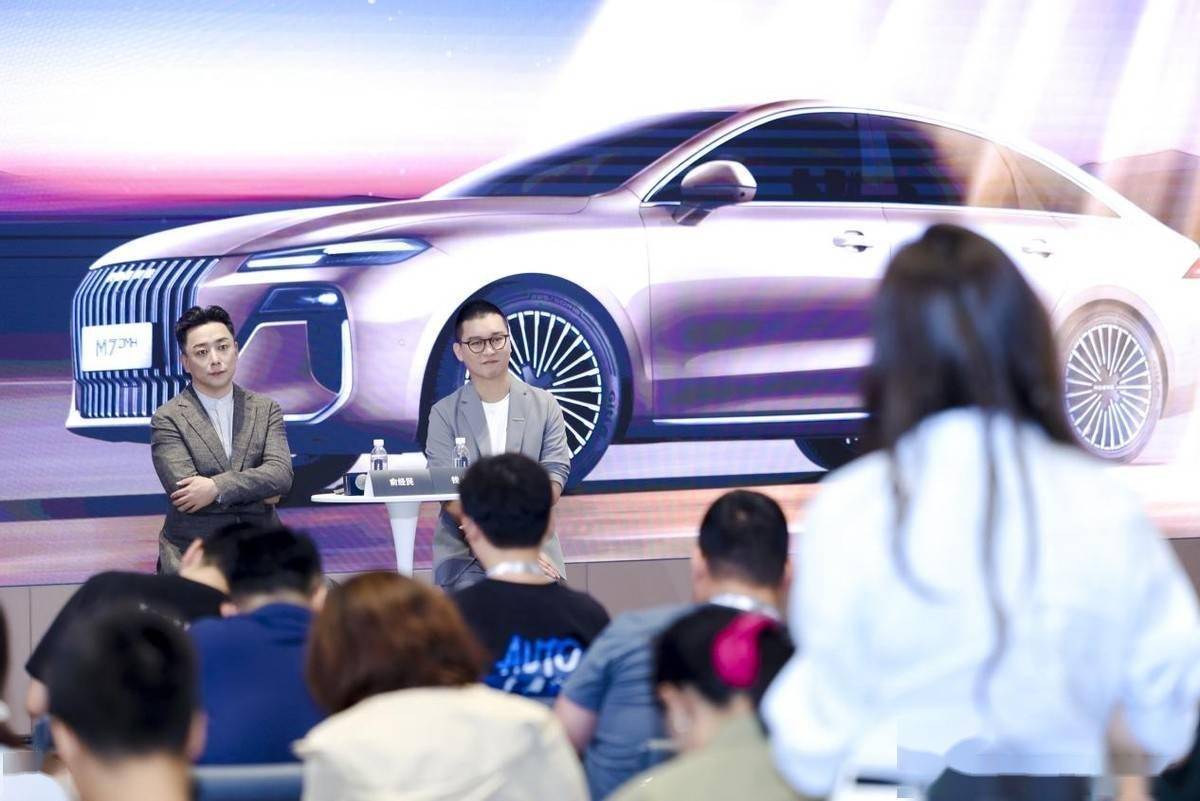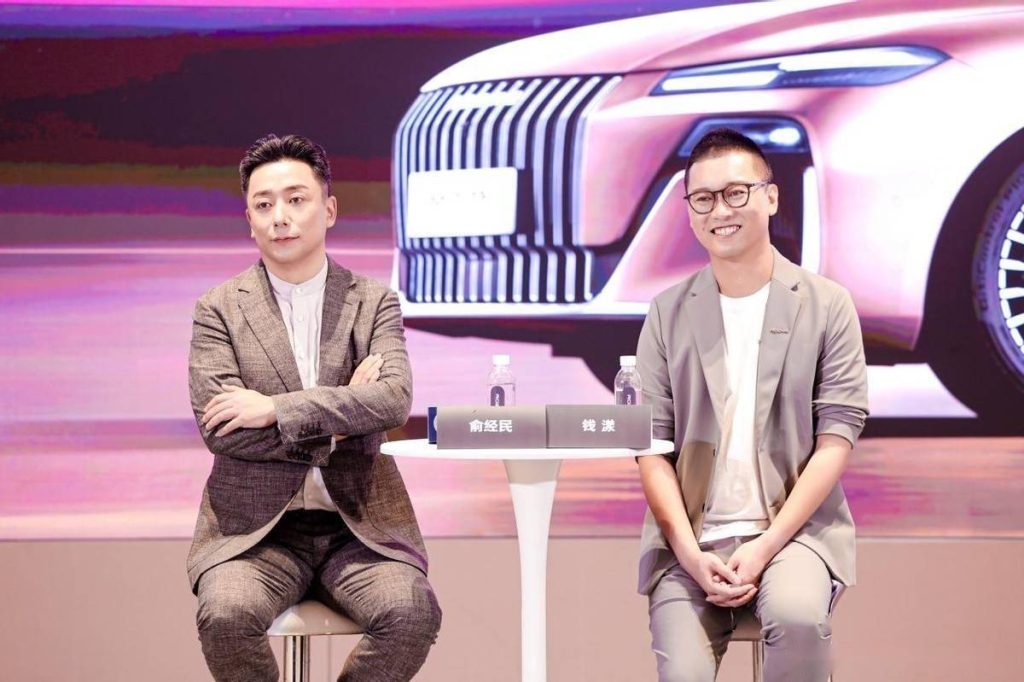After the launch event of the Roewe M7 held at the Chengdu Sci-Fi Museum, SAIC Group executive Yu Jingmin candidly told the media: “Doubao’s deep thinking model is the world’s first cooperative brand, which is Roewe.” This seemingly ordinary collaboration statement actually points to the starting point of a new round of technological revolution in the automotive industry—AI is shifting from “function stacking” to “scene definition.”

“Doubao is not an in-car entertainment system, but the core that enables cars to have ‘personalized’ interactive capabilities,” Yu Jingmin further explained. This system can perceive user emotions and needs in real time through multi-dimensional data such as voice, expressions, and operating habits. For example, when it detects driver fatigue, the system will automatically adjust the air conditioning temperature, play refreshing music, and even plan the nearest rest area. This “multi-modal interaction” model marks the upgrade of human-machine relationships from “command response” to “proactive empathy.”
Qian Yang, the head of the technical team, added that traditional in-car systems follow the logic of “one size fits all,” pre-setting interaction schemes based on user preferences. However, in the AI era, it will achieve “one person, many faces”—the system will customize interaction strategies for each scenario by combining dynamic factors such as time, location, speed, and social relationships. “It’s like having a digital partner that understands you, always observing and adapting to your state.”
The hardware architecture of the Roewe M7 provides the technical foundation for this. Its DMH 6.0 hybrid system breaks through the traditional “three-electric” control category and builds a full-stack self-developed platform from chips to algorithms. This “soft-hard integration” design allows AI to deeply penetrate the vehicle control layer, rather than just staying on the application surface. Yu Jingmin metaphorically stated, “In the past, AI peripherals were added on top of the existing architecture; now, AI capabilities grow from the genes of the system.”
Although the current version of the M7 is defined as “0.5 generation,” the team has already planned a clear iterative path: launching the 1.0 version in 2025 and evolving to versions 2.0 and 3.0 after 2026. “Just like ‘Hello Zebra’ in 2016 opened the era of intelligent connected vehicles, this 1.0 version will open the door to AI cars,” Yu Jingmin revealed, adding that future system upgrades will cover core areas such as optimizing autonomous driving strategies and improving energy management efficiency.

This collaboration is seen by both parties as a “two-way choice.” The Doubao team needs a vehicle with a truly native AI architecture to validate the effectiveness of its multi-modal interaction theory; Roewe, on the other hand, hopes to reshape its brand label as the “pioneer of internet cars” through AI technology. “It’s not about who finds whom, but rather a natural fit of technological concepts,” emphasized Yu Jingmin. “When Doubao needs to validate the hypothesis of ‘the car as a third living space,’ Roewe’s open architecture just happens to provide the experimental ground.”
As the competition in smart cars enters the “AI-defined product” stage, Roewe’s strategy shows a differentiated path. Compared to some brands that stack computing power parameters, it chooses to reconstruct interaction logic from the underlying architecture. Whether this “system-level innovation” can lead to industry transformation may only be revealed when the 1.0 version is mass-produced, but at least, Roewe has demonstrated its determination to break out of homogeneous competition.
Source: https://www.drd.com.cn/xinche/202509/96848.html返回搜狐,查看更多
平台声明:该文观点仅代表作者本人,搜狐号系信息发布平台,搜狐仅提供信息存储空间服务。

